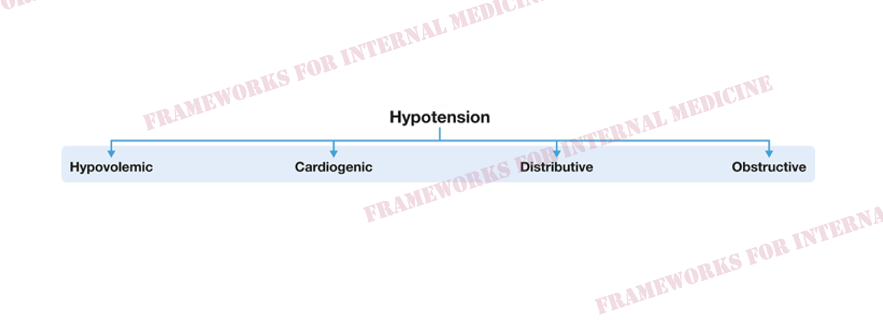1/8
A 50-y/o man presents with exertional dyspnea. The two main systems responsible for dyspnea are the heart and the lungs.
A 50-y/o man presents with exertional dyspnea. The two main systems responsible for dyspnea are the heart and the lungs.

2/8
The jugular venous pulse can serve as a pivot point. It can take you toward or away from the heart. With this in mind, you evaluate the patient's neck. What do you notice?
Not only is the JVP elevated, but it appears to rise with inspiration. This is known as Kussmaul's sign
The jugular venous pulse can serve as a pivot point. It can take you toward or away from the heart. With this in mind, you evaluate the patient's neck. What do you notice?
Not only is the JVP elevated, but it appears to rise with inspiration. This is known as Kussmaul's sign
3/8
In the above video, you may have also noticed a mark on the patient's skin, just below the "a wave" in our logo. Here is the mark up close:
What is it?
In the above video, you may have also noticed a mark on the patient's skin, just below the "a wave" in our logo. Here is the mark up close:
What is it?

4/8
You ask the patient when he had radiation therapy to his chest, and he gives you a surprised look. "How did you know?"
You ask the patient when he had radiation therapy to his chest, and he gives you a surprised look. "How did you know?"
5/8
"I haven't thought about it in 30 years. I had Hodgkin's lymphoma when I was 17 years old. They shot radiation at my chest. Why does it matter, doc?"
"I haven't thought about it in 30 years. I had Hodgkin's lymphoma when I was 17 years old. They shot radiation at my chest. Why does it matter, doc?"
6/8
Next, you listen to the patient's heart, anticipating what you might hear.
"The ears can't hear what the mind doesn't know"
Next, you listen to the patient's heart, anticipating what you might hear.
"The ears can't hear what the mind doesn't know"
7/8
You hear an extra transient sound near S2. Your differential is split S2, S3 gallop, opening snap, and pericardial knock.
The location, pitch, distance from S2, and the associated history and JVP findings make this sound most likely to be a pericardial knock.
You hear an extra transient sound near S2. Your differential is split S2, S3 gallop, opening snap, and pericardial knock.
The location, pitch, distance from S2, and the associated history and JVP findings make this sound most likely to be a pericardial knock.
8/8
You diagnose this patient with radiation-induced constrictive pericarditis. With your eyes and ears.
The effects of radiation therapy can show up decades later, when patients have all but forgotten they even had it.
Thanks for reading.
pdxpdx.com
You diagnose this patient with radiation-induced constrictive pericarditis. With your eyes and ears.
The effects of radiation therapy can show up decades later, when patients have all but forgotten they even had it.
Thanks for reading.
pdxpdx.com
• • •
Missing some Tweet in this thread? You can try to
force a refresh























